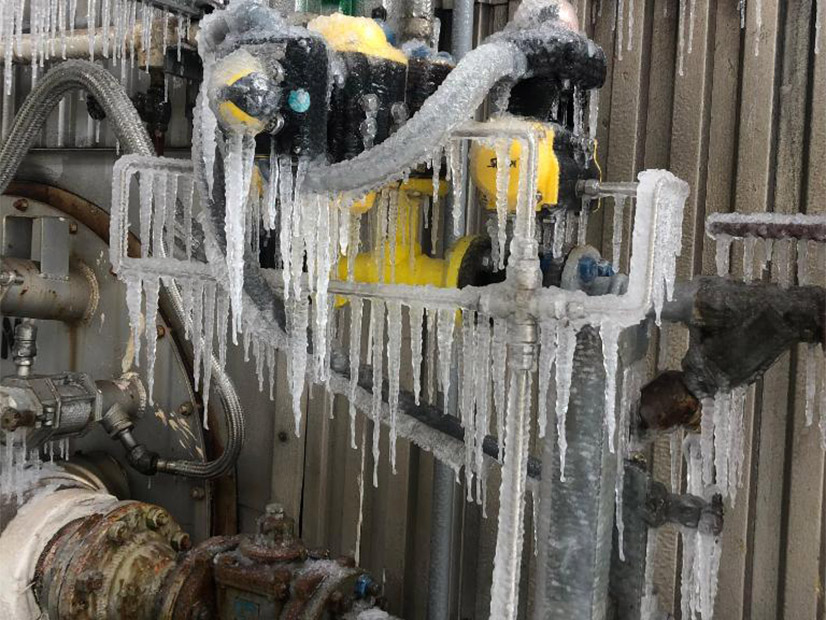
The Texas Public Utility Commission’s executive director last week praised the efforts of the state’s regulatory agencies to push utilities to weatherize their facilities following the disastrous 2021 winter storm.
Speaking during the Texas Reliability Entity’s annual winter weatherization workshop, the PUC’s Thomas Gleeson said both the PUC and the Texas Railroad Commission (RRC), which regulates the intrastate natural gas and oil industry, have approved orders that have strengthened the electric grid and gas infrastructure against extreme weather.
“If you look at the acute onset issues that happened during Winter Storm Uri and also what you saw some of during Winter Storm Elliott, those mitigation tactics have worked,” Gleeson said during the Sept. 13 workshop. “We’ve performed better, and I think we can all agree that as we continue to learn more, we’ll continue to iterate all those rules to ensure that the grid remains reliable and resilient and progresses even further.”
The two commissions have added winter and summer weather preparedness standards for the utilities they regulate and have followed up with inspections to ensure compliance. ERCOT has inspected more than 1,100 generation resources and transmission facilities before the past two winters. Gleeson said only four inspected sites were forced offline or derated during Elliott.
Inspections for summer preparedness began in June. Gleeson said about 500 inspections of generation and transmission sites will be conducted and a final report issued in October.
Mysti Doshier, the RRC’s assistant director of critical infrastructure, said a “majority” of operators have achieved compliance at more than 99% of facilities when they were inspected. More than 99% of violations were resolved within 30 days.
A 28-year veteran with the RRC, Doshier said the department had four employees when she joined in 2020. It now has 99, two-thirds of whom are inspectors.
“Just like with you guys, whenever you’re talking about the amount of critical facilities or critical components that you had to identify,” she said, addressing her audience, “that’s the same thing with us. We go out to an oil lease and there’s 100 wells. … the critical components that we actually inspected were probably upwards of 30,000. We’ve got a great group of folks. These folks took on the challenge and they’ve done a really fantastic job.”
“There’s always something to be learned about how we operate in extreme conditions,” the Texas RE’s chief engineer, Mark Henry, said. “We saw, not unexpectedly, a number of unit issues much, much lower than what we saw in Uri, which is testament to the effectiveness of the actions that have been taken since … Uri.”
Henry said NERC’s recently revised guidelines for generation units’ winter readiness include a collection of recommended industry practices. Incorporating those practices is strictly voluntary, he said.
The PUC has added a rule this year for additional emergency preparation measures “reasonably expected to ensure sustained operation” at the 95th percentile minimum average 72-hour wind chill value, effective Dec. 1. That rule is stronger than NERC’s draft reliability standard (EOP-012-1) that requires generators with a commercial operation date after the standard’s effective date to use freeze-protection measures capable of the unit’s continuous operation for at least 12 hours.

